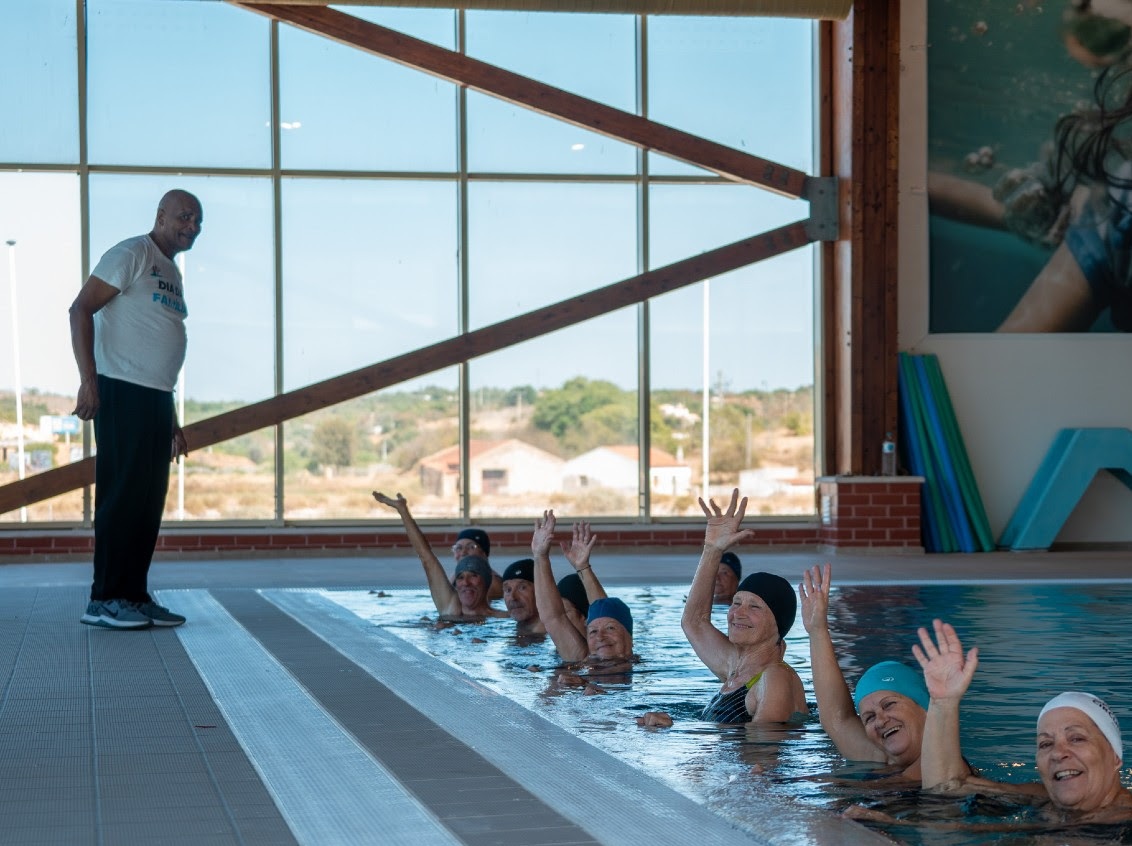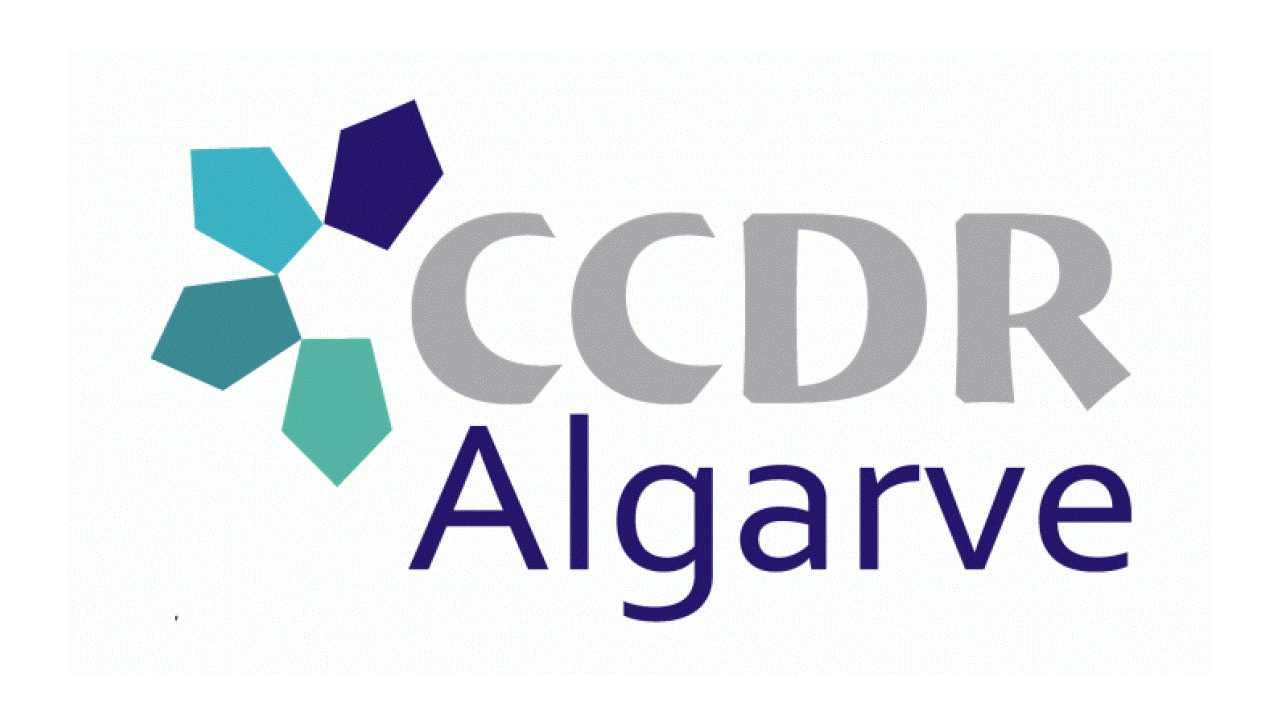Significant Drop in Higher Education Admissions
This week's final phase of the national higher education access competition confirmed what had been anticipated since August: there has been a significant decrease in demand for university and polytechnic placements. The numbers show fewer young people are applying and entering public higher education institutions.
The Hard Numbers
When first phase results were announced in August showing 12% fewer admissions - the phase that typically sees the highest student intake - many argued we needed to wait for the final results. Now we have them: 45,290 students were placed, representing 5,322 fewer students than last year.
The vacancy occupancy rate in universities and polytechnics stands at 81.9% - nearly nine percentage points below the 2019 pre-pandemic level. Some institutions saw 60% of their planned new student spots remain empty.
The Socioeconomic Impact
There's growing suspicion that many excluded students come from disadvantaged backgrounds. Maria José Fernandes, president of the Polytechnic Institutes Coordinating Council (CCISP), and student associations have raised concerns about the impact on students from poorer families.
Polytechnics in interior regions that continued increasing vacancies expecting pandemic-level demand now face dramatic occupancy rate drops, raising concerns about territorial cohesion since these institutions are considered essential for revitalizing inland areas.
The Pandemic Effect and Its Aftermath
The pandemic years were exceptional - the suspension of exams increased secondary education completion rates and potential higher education candidates. But that era has ended, and the system is adjusting to new realities.
Leadership Perspectives
Paulo Ferreira, president of the Council of Rectors of Portuguese Universities, called these results "a jolt" but believes Portugal's higher education system isn't oversized. Meanwhile, Maria José Fernandes argues "more students in higher education is something the country, regions, and families need."
International Context
The latest OECD report comparing education systems shows Portugal made extraordinary progress in population schooling, but the percentage of young people aged 25-34 with higher education diplomas remains below average.
Government Response
With the competition's closure, the government called an emergency meeting with polytechnics and universities. The Ministers of Education and Economy and Cohesion are meeting with nine polytechnic institutes to assess the impact of low demand and challenges to territorial cohesion.
Root Causes
Student associations point to rising living costs, lack of public housing, and unaffordable private room prices (averaging €417 in September) as the government confirms tuition fee unfreezing.
However, the strongest theory suggests the return of secondary education exams - suspended during pandemic years - made the real difference. Additionally, a 2023 change requiring candidates to have minimum 9.5 grades in two exams (previously only one) took effect this year.
Missing Data and Unanswered Questions
To understand deeper causes, essential data remains undisclosed:
- How many students completed secondary education in 2024/2025?
- Did retention rates skyrocket?
- How many failed to achieve positive grades in at least two exams?
- What was the impact of mandatory Portuguese exams for all?
Other crucial questions include: Where did non-applicants go? To work? Other training? Nowhere? How effective are support systems for poorer students? How to balance selection rigor with integration strategies? What enhanced support measures can help students outside major urban centers?
The debate continues as the National Commission for Access to Higher Education analyzes the data and searches for answers.






















Comments
Join Our Community
Sign up to share your thoughts, engage with others, and become part of our growing community.
No comments yet
Be the first to share your thoughts and start the conversation!